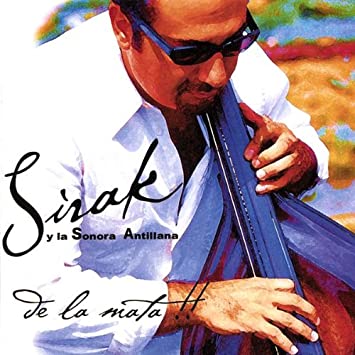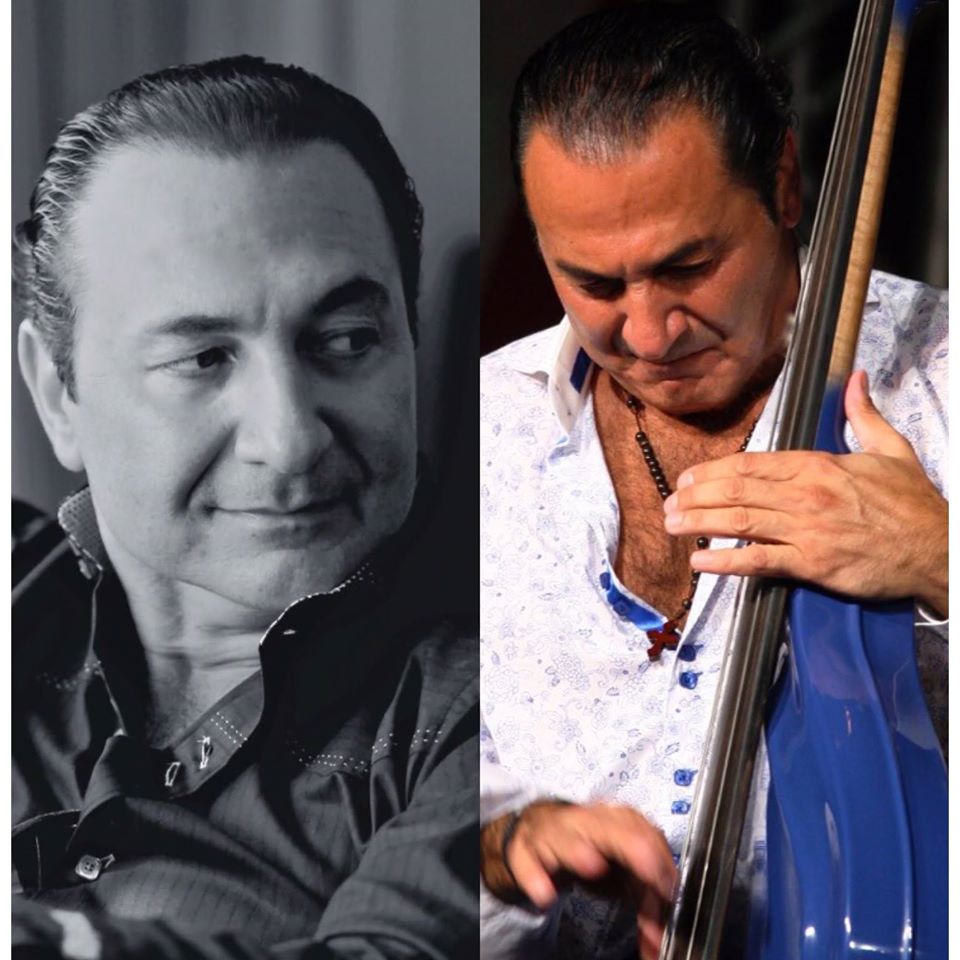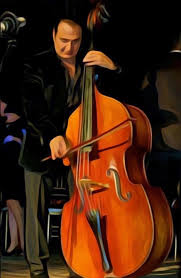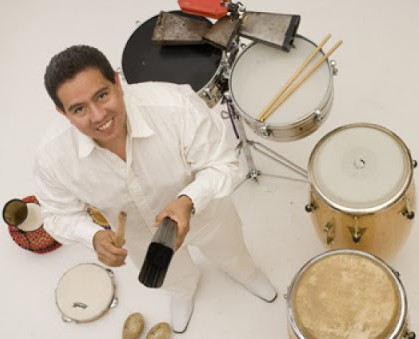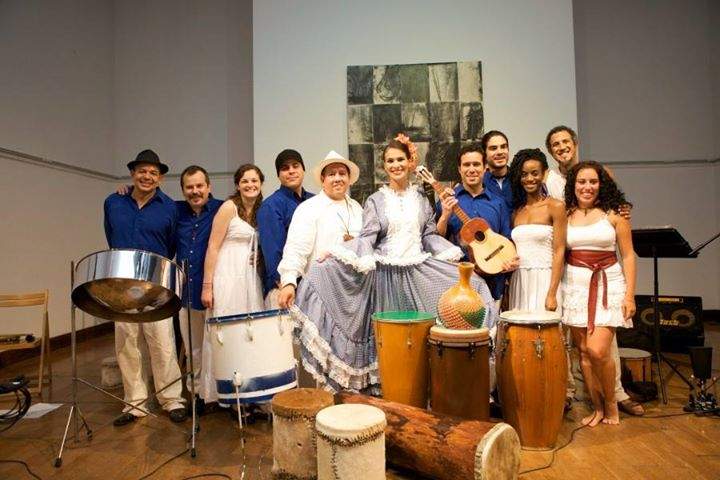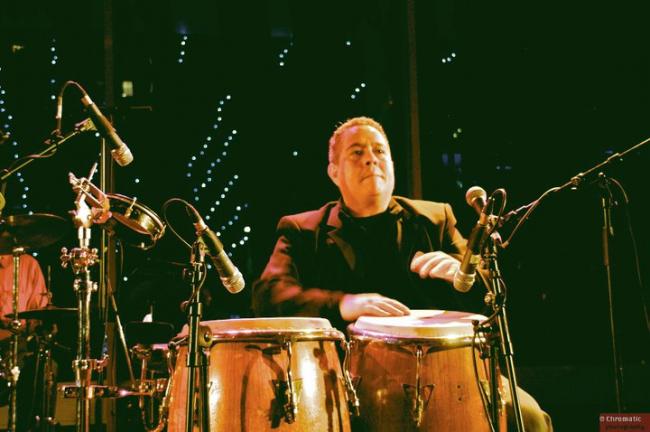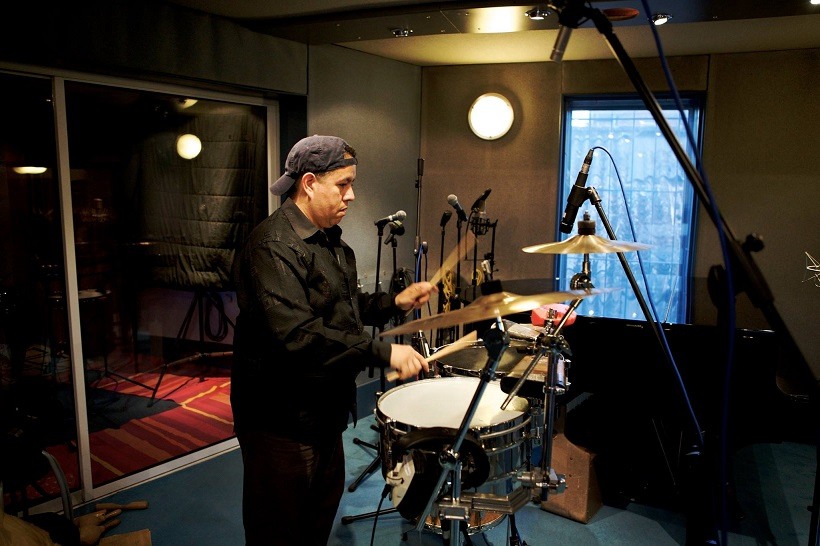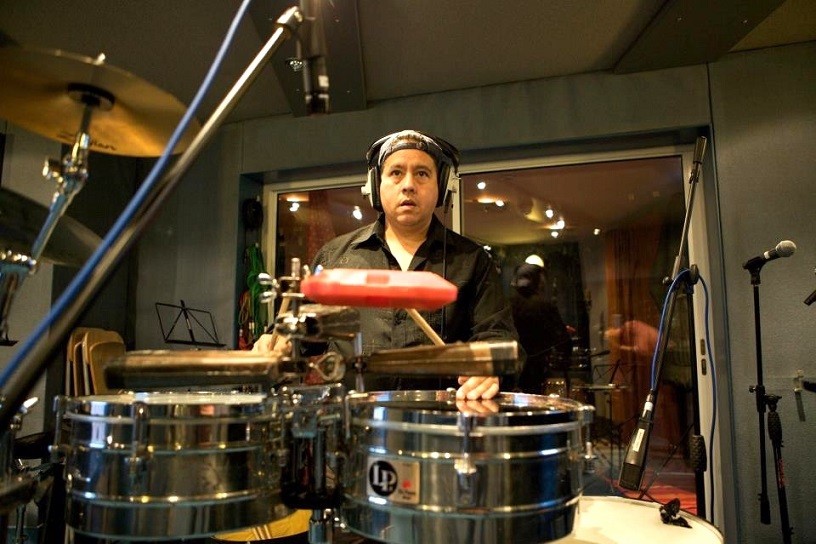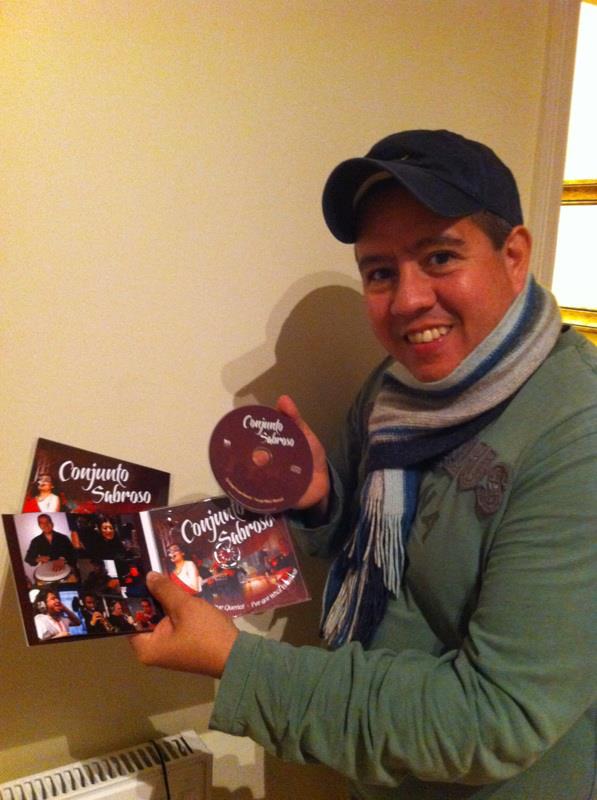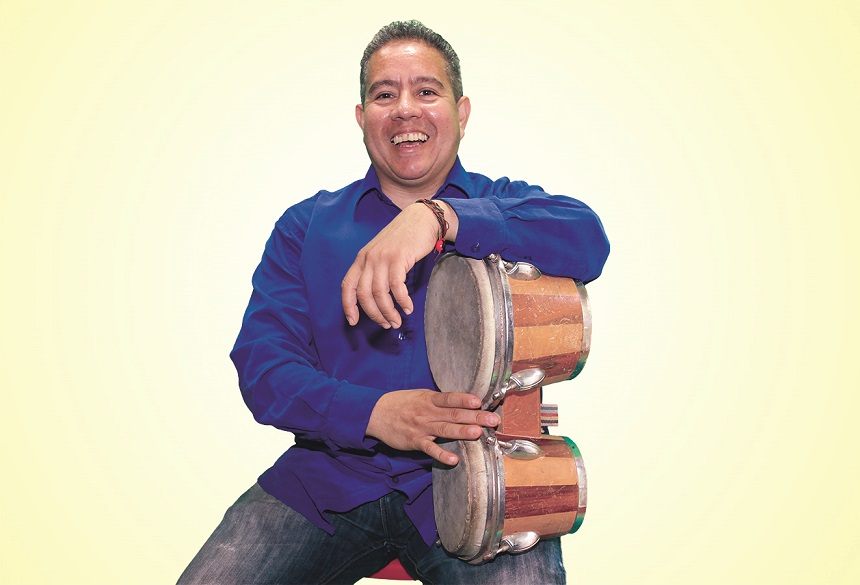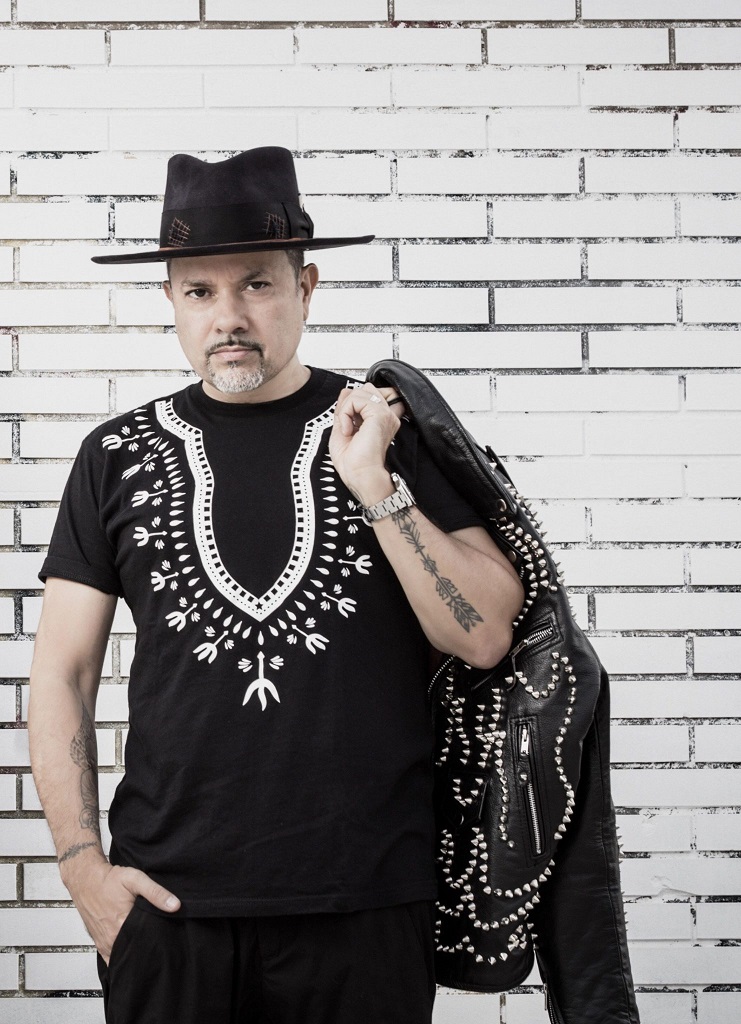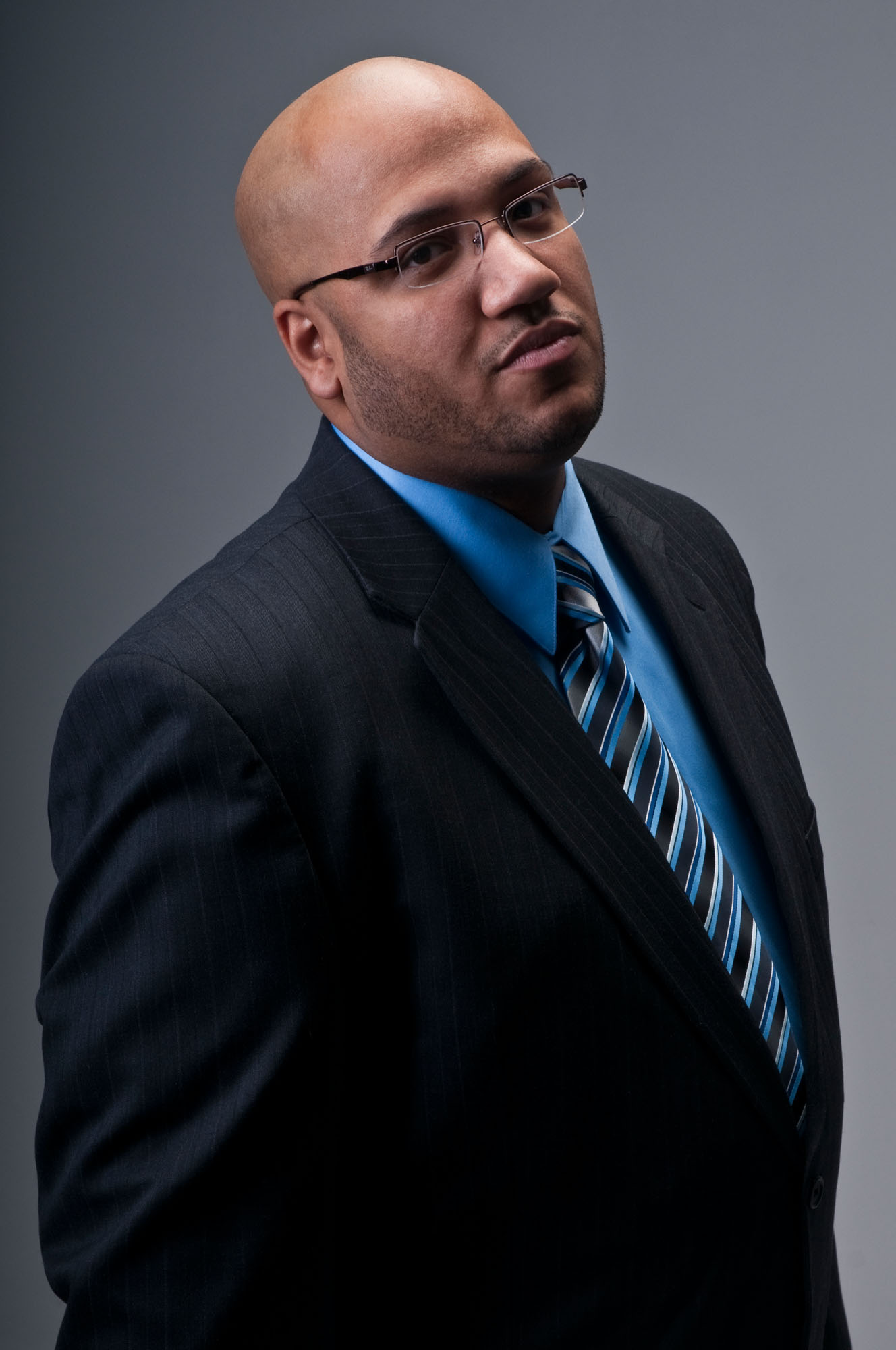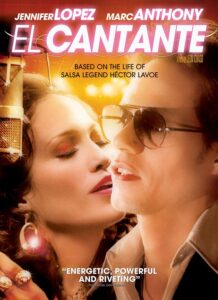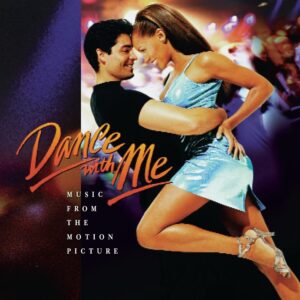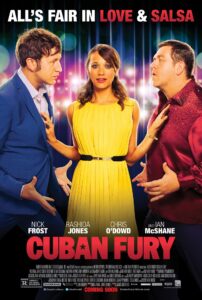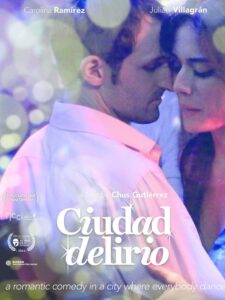After being away from the musical scene for about twelve years, Pa’ la Calle Orchestra, who reaped their successes between 1996 and 2001, now returned again with their unique and contagious style.
Created by Ángel Díaz and Carmelo Rivera, who reaped their successes under the independent label (PALA Records). Successes like “I’m in love”, “Love”, “It costs me so much” among others.
Pa’ la Calle Orchestra exceeded their sales expectations and with their second production under the V.I.
Music was titled “Now I’m Going” with songs like: “I’m crying”, “You’re like this”, “That girl”, and “Where will my love be”. The latter being the one that marked the success of the musical career of this group.
The year 2012 without a doubt marked a new stage in the musical life of the orchestra, and with the return dedicated to our late drummer José “Neri” Rodríguez.
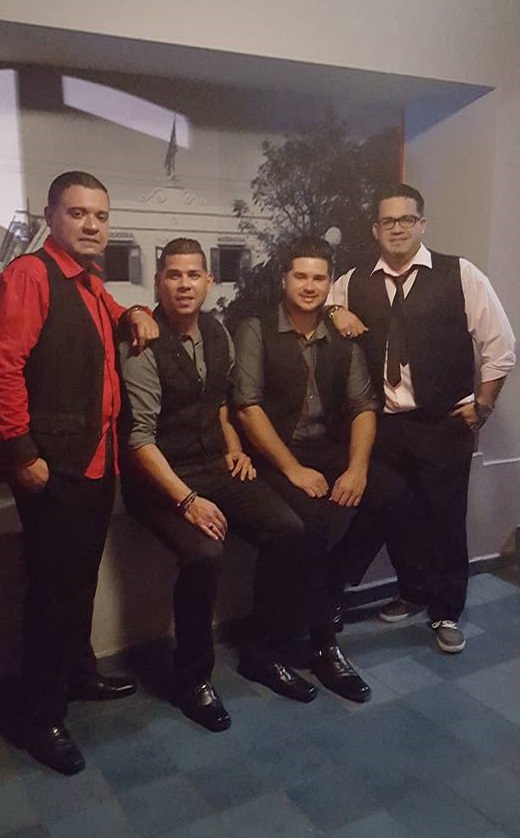
Pa’ la Calle has been presented on WAPA TV, on radio stations making themselves known with the new musical themes, sounding strongly in Chile, Venezuela, Santo Domingo where they hope to present themselves strongly. In 2012 they resumed their musical path with the recording of 2 new songs, the cover “I’ve Lived Waiting For You” and “No Sufre Mi Corazón” Original lyrics. In 2014 the 3rd theme was recorded, the Cover “Que Lloro” which was strongly heard throughout Puerto Rico and strongly marked its path again and in 2016 they recorded the fourth theme “Vamos Pa Lante”, it was strongly sounded in Puerto Rico and Chile.
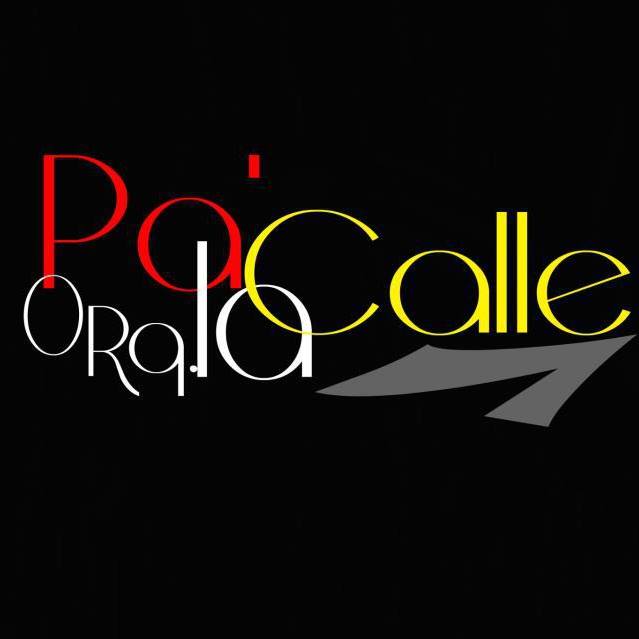
Now we are presenting our fifth cover “Te Quise Olvidar” and the sixth “Mi Niña” and soon they will finish the seventh theme which they will call “Vamos De Fiesta”. They mention to us that… “This is the beginning of what will be our 4th Production that will be titled “A mi Amigo” and it will have a song called “A Mi Amigo” that is dedicated to our deceased colleague and co-founder of the orchestra”.
In this 4th production they will present a song with the salsa rhythm and we will have a Christmas song called “Esta Navidad”; It is important to note that it is being produced by Nelson L. Cordero at his Muralla Studio.
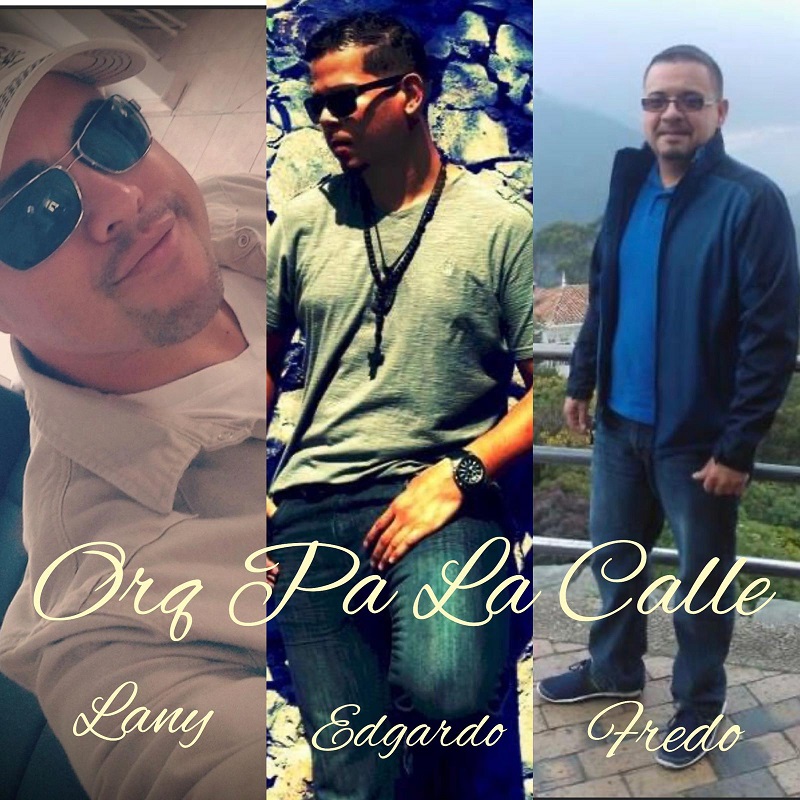
The “Pa la Calle” Orchestra is ready to continue performing in all kinds of activities and they have a varied musical show. If you want to listen to the new musical themes, click on the following links and enjoy them:
Video LET’S GO FORWARD: https://www.youtube.com/watch?v=us2VmzPAdlA
MY GIRL video: https://www.youtube.com/watch?v=4uOm4bli3QU


